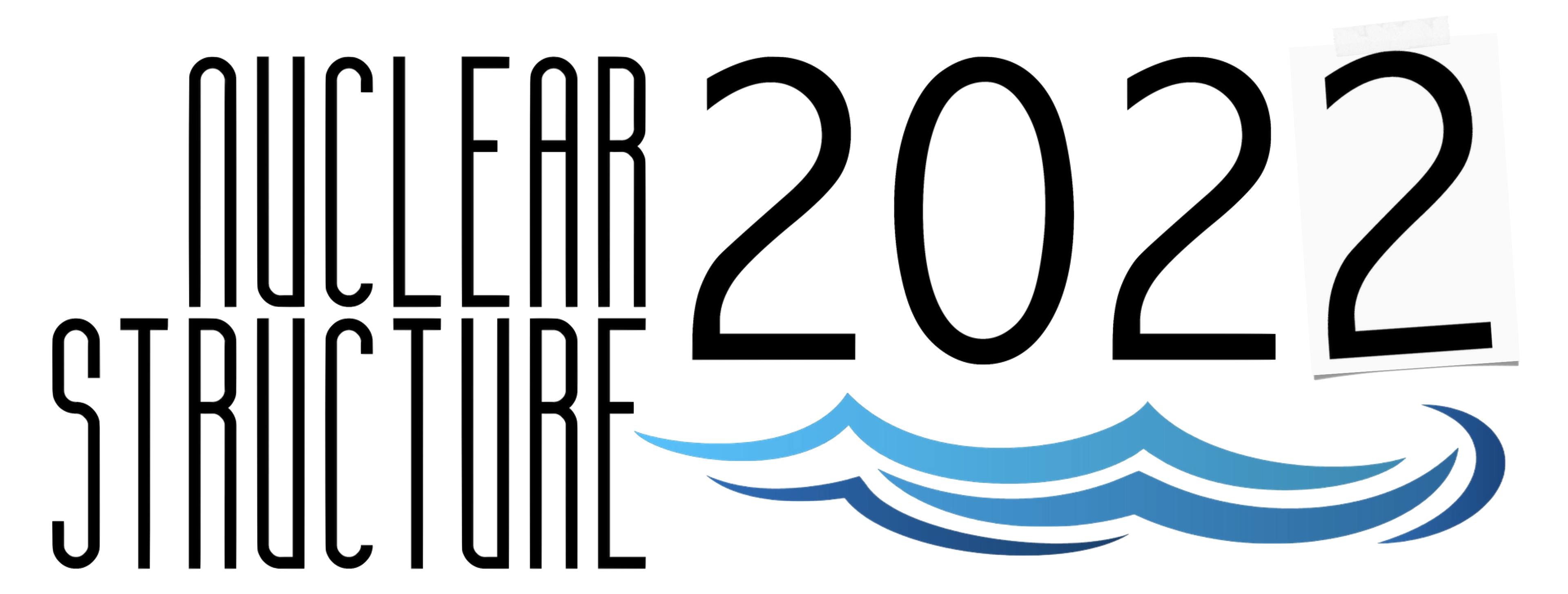Speaker
Description
The β-decay properties of isotopes far from stability, such as β-decay half-lives, β-decay branching ratios, and β-delayed neutron emission probabilities along with detailed level schemes, are necessary to validate nuclear structure models and inform theoretical predictions of the properties of isotopes that are not currently measurable. For nuclei far from stability where β-decay Q-values tend to be large, they often have fragmented decay schemes with many weak β-decay branches to descendant nuclei and multiple gamma decay pathways to the ground state that are difficult to detect with high efficiency detectors. The issue of determining the β-feeding to each level in daughter nucleus can be overcome with the use of a Total Absorption Spectrometer (TAS). These are large volume, high efficiency gamma-ray detectors that can simultaneously measure all gamma-ray transitions following a β-decay event. This allows for the reconstruction of the β-feeding to each level in daughter nucleus. In this work, the β-decay of 73Co was studied at the National Superconducting Cyclotron Laboratory (NSCL) where an 82Se primary beam of was accelerated to 140 MeV/u through the Coupled Cyclotron Facility and impinged on a 7Be target. The fragments were separated in the A1900 fragment separator and a cocktail beam was implanted into a double-sided silicon-strip detector (DSSD) placed at the center of the Summing NaI(Tl) (SuN) Total Absorption Spectrometer [1]. The DSSD was used to detect both the implanted ions and the subsequent β-decay electrons and correlate them in time while SuN measured β-delayed gamma-rays. The Gamow-Teller strength distribution (B(GT)) for the β decay of 73Co as well as constraints on the β-delayed neutron emission probability of 73Co will be presented. Studies of the β-decay properties of neighboring isotopes along the Z=28 shell closure have been completed previously using the same experimental setup and will be compared with the results of this analysis [2-3].
[1] A. Simon et al. SuN: Summing NaI(Tl) gamma-ray detector for capture reaction measurements. Nucl. Instrum. Meth. Phys. Res. A 703, 16 (2013).
[2] Lyons, S., et al. "Co 69, 71 β-decay strength distributions from total absorption spectroscopy." Physical Review C 100.2 (2019): 025806.
[3] Spyrou, Artemis, et al. "Strong Neutron-γ Competition above the Neutron Threshold in the Decay of Co 70." Physical Review Letters 117.14 (2016): 142701.

